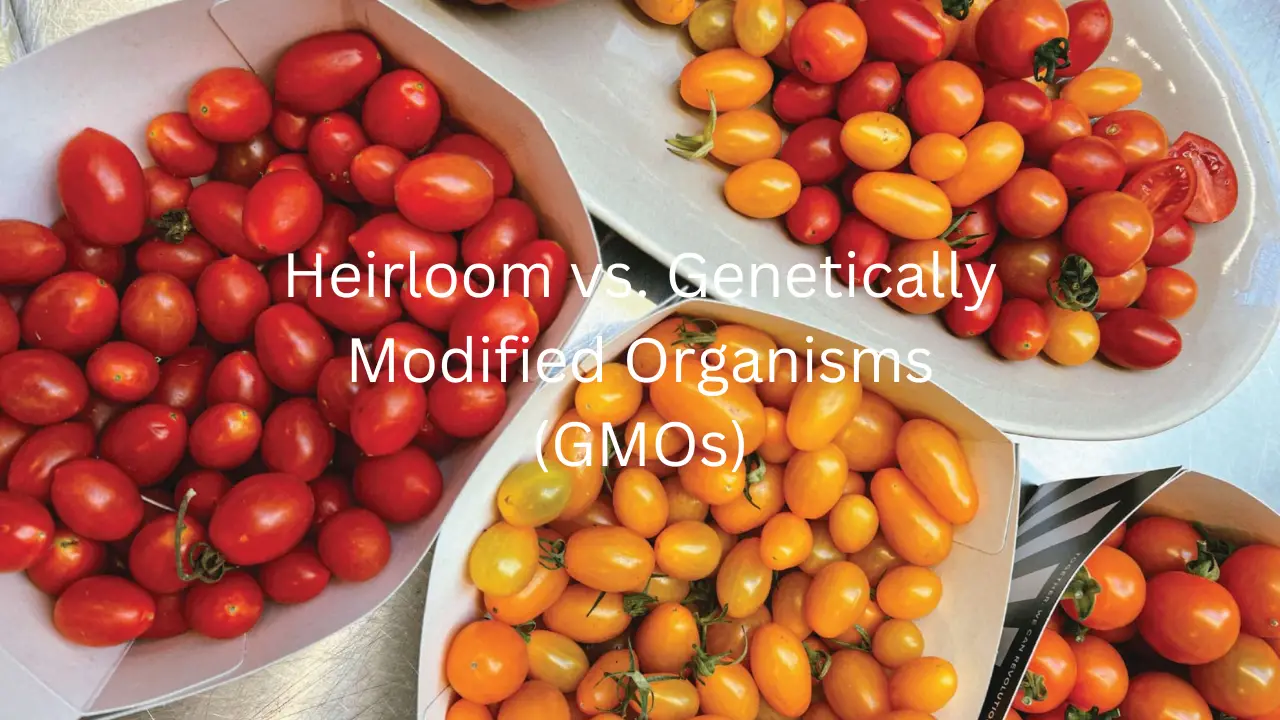
WANNTS Pumpkin Carving Kit Halloween, Safe and Easy Set for Kids, DIY Stainless Steel Tools Halloween Decoration Jack-O-Lanterns, Gift Halloween(24 Pieces)
33% OffRegional Heirloom Varieties: Celebrating Biodiversity
In the world of agriculture, there exists an incredible tapestry of biodiversity that often goes unnoticed. This tapestry is woven together by regional heirloom varieties of crops – unique, traditional cultivars that have been passed down through generations. In this article, we’ll explore the importance of these regional heirloom varieties and why celebrating biodiversity is crucial for our planet’s future.
Introduction
In a world where monoculture dominates modern agriculture, regional heirloom varieties stand as a testament to our agricultural past. These unique crop strains have been cultivated and cherished by communities for centuries. They are not just plants; they are living repositories of history, culture, and biodiversity.
The Significance of Heirloom Varieties
Heirloom varieties are not the products of industrial agriculture. Instead, they are cultivated by small-scale farmers and gardeners who have carefully preserved these seeds and plants over generations. They offer a glimpse into the agricultural practices of our ancestors and remind us of the importance of genetic diversity.
Preserving Cultural Heritage
Each region boasts its own heirloom treasures, adapted to its specific climate and traditions. These plants are intertwined with cultural identities, festivals, and rituals. By preserving heirlooms, we preserve our cultural heritage and maintain a connection to the past.
Enhancing Biodiversity
Biodiversity is the cornerstone of a healthy ecosystem. Heirloom varieties contribute to biodiversity by offering a wide range of genetic traits, making crops more resilient to pests, diseases, and changing environmental conditions. They are a source of genetic diversity that modern monocultures lack.
The Culinary Delights of Heirlooms
Heirloom vegetables and fruits often boast exceptional flavor and unique characteristics. Chefs and food enthusiasts appreciate them for their distinct taste, texture, and appearance. These varieties inspire culinary creativity and delight the taste buds.
Challenges to Heirloom Preservation
Despite their significance, heirlooms face numerous challenges, including industrial agriculture, seed patenting, and genetic erosion. The encroachment of modern varieties threatens the existence of these time-honored treasures.
Initiatives to Protect Heirloom Varieties
Fortunately, there are initiatives and organizations dedicated to preserving heirloom varieties. Seed banks, community seed exchanges, and advocacy groups work tirelessly to protect and promote these invaluable genetic resources.
How to Incorporate Heirlooms in Your Garden
You can play a part in preserving heirlooms by growing them in your garden. Start by sourcing heirloom seeds from reputable suppliers. Cultivating these plants not only connects you to your agricultural heritage but also supports biodiversity.
Heirlooms in Modern Agriculture
Some farmers are embracing heirloom varieties for their resilience and unique market appeal. These crops have the potential to diversify agricultural landscapes and reduce our dependence on a limited number of commercial varieties.
Nutritional Benefits of Heirloom Crops
Research suggests that heirloom crops may offer superior nutritional value compared to their modern counterparts. They are often rich in essential nutrients, making them an excellent choice for a healthy diet.
Economic Viability
For small-scale farmers, heirloom crops can be economically viable. They fetch higher prices in niche markets and contribute to sustainable farming practices, ensuring a more secure future for agriculture.
Connecting Communities through Heirlooms
Heirlooms have the power to unite communities. Seed-saving traditions and local festivals celebrating these varieties foster a sense of belonging and shared responsibility for preserving biodiversity.
Safeguarding the Future
As we face environmental challenges like climate change and dwindling natural resources, the genetic diversity held within heirloom varieties becomes even more critical. Safeguarding these treasures is an investment in our future.
Conclusion
Regional heirloom varieties are not just crops; they are living links to our past, essential components of our cultural heritage, and vital contributors to biodiversity. Embracing and celebrating these treasures can lead us to a more sustainable and resilient future.
FAQs
Q1: How can I find heirloom seeds for my garden?
You can find heirloom seeds from local seed banks, online suppliers, or even by networking with other gardeners in your area.
Q2: Are heirloom crops more resistant to pests?
Yes, many heirloom varieties have developed natural resistance to pests and diseases over time, making them a valuable asset for organic gardening.
Q3: Can I save seeds from heirloom crops for the next planting season?
Absolutely! In fact, saving and sharing seeds is an essential part of preserving heirloom varieties.
Q4: Do heirloom crops require special care?
Heirloom crops may have unique growth requirements, so it’s essential to research and understand the specific needs of the varieties you’re growing.
Q5: How can I get involved in heirloom preservation efforts?
You can join local gardening clubs, volunteer at seed-saving events, or support organizations dedicated to heirloom preservation.
In conclusion, regional heirloom varieties are a celebration of biodiversity, culture, and history. By nurturing and protecting these unique crops, we not only ensure a diverse and resilient agricultural landscape but also honor the traditions of our ancestors. So, let’s embrace the richness of regional heirlooms and contribute to a more vibrant and sustainable future.











